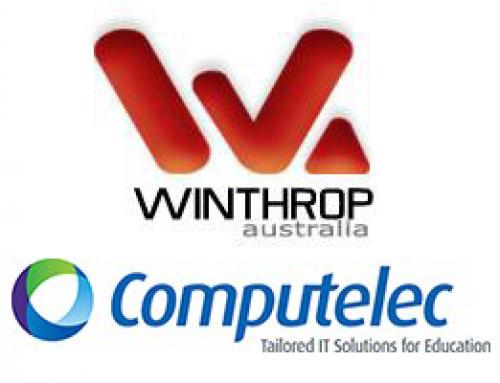Infrastructure as a Service (IaaS)
...what does it mean?
Most schools in Australia are now moving beyond asking “what is cloud computing?” and on to “how can we implement cloud computing?”. Now that cloud is a popular solution, the major decisions to make become what kind of service to use and when.
Cloud Services come in many different shapes and forms, such as Software as a Service, Platform as a Service, Disaster Recovery as a Service, Backup as a Service, Database as a Service etc. One of the most common on offer is Infrastructure as a Service (IaaS).
What is IaaS?
Infrastructure as a Service (IaaS) is a model where the IaaS provider hosts infrastructure components on behalf of the school. There are many different possibilities including virtual servers, firewalls, load balancers, and network connections. I wanted to go through a few of the major advantages that come from IaaS as well as some disadvantages.
Scalability
In my opinion the single greatest strength of IaaS is its scalability. Schools have been known to need rapid response from ICT and historically ICT has not been able to respond as quickly as the school needs. With IaaS, resources can be made instantly available for sudden spikes or drops in demand, effectively eliminating any downtime needed to add to or adjust their infrastructure.
Costs
One of the biggest drivers for schools to adopt cloud computing in general and with Infrastructure as a Service specifically, is the way it can cut costs. Since cloud computing is done over the internet, schools don’t have to spend the time, manpower or money on investing in hardware and infrastructure of their own. All of this is handled by the IaaS provider. That means schools don’t have to worry about all of the problems that come with maintaining, powering or cooling their own equipment.
One of the other ways that costs are lowered is by the reduced need for highly skilled IT personnel; the focus moves from IT infrastructure to learning and educational outcomes and working with teachers and staff to provide a better service. With more time on their hands, don’t be surprised to see IT come up with some creative ways to contribute to the schools projects and day to day.
Another big advantage IaaS brings to the table is its pay-as-you-go model. This pay for what you consume model has gained a lot of attention and interest, this has helped reduce ICT wastage or over provisioning.
Disadvantages
As with any technology, there are a number of disadvantages with IaaS. One concern is that of security. It’s the same concern that surrounds all of cloud services, and it is that the schools data stored in the cloud can be more stolen or lost. In essence it should be noted that data is frequently more at risk or equally at risk on school premises. This remains one of the main reasons that some schools avoid cloud computing.
Another disadvantage comes from vendor outages, where IaaS vendors suffer networks and service crashes, leaving customers unable to access their systems. Vendors can only address this problem by promising quick recovery time and by giving assurances around data recoverability and security.
Choosing an IaaS Vendor
The choice of IaaS service provider is important as schools are not only seeking, high quality, reliable service and support but also a partner that understands the school and the business of education. It is wise to select a partner who understands education, teaching, learning and also understands IT services. Having a close intimate relationship and understanding of education is paramount in selecting the school’s cloud service provider.
Summary
To close off and summarise, the movement we have seen in the education sector towards IaaS is due to schools feeling that the benefits gained from IaaS make a school more flexible and efficient. IaaS can in a lot of cases cut costs and enable ICT to deliver more services more quickly while leaving room for innovation and a tighter focus on the educational outcomes that the school is driving towards.
Resources
Below is our Infrastructure as a Service video, third in a series of five, explaining Cloud Computing in the context of School ICT.





